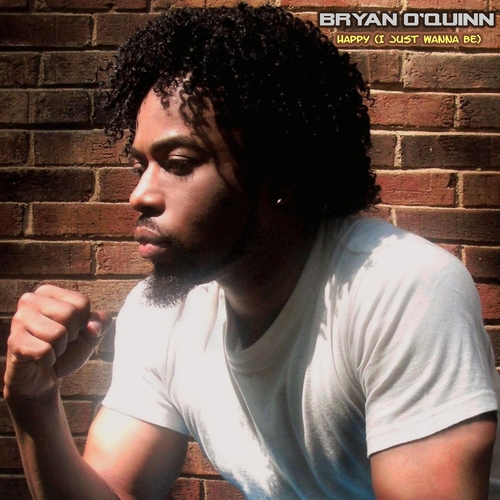“If Music is a Place — then Jazz is the City, Folk is the Wilderness, Rock is the Road, Classical is a Temple.”
― Vera Nazarian
All of the genres below are in the musical era of “Post-Great-War”. For more information about the extended timeline of Anglophone music, please click here: Music Genres Timeline

Blues [top of page]

Playlists: Delta Blues Sounds,
Chicago Blues, Relaxing Jazz Blues
“Rock & roll seemed to just come to us, on the radio and in the record stores. It became our music … But then we uncovered another, deeper level, the history behind rock and R&B, the music behind our music. All roads led to the source, which was the blues.” – Martin Scorsese
Blues started as an African-American genre of music, back in the 19th century when American society was still strongly segregated. It was an avenue for people who had recently escaped slavery to share about their past experiences, often including tremendous losses, and ongoing discrimination against them. The birthplace of the Blues is generally considered to be in the Mississippi Delta region, granting that style the name “Delta Blues”. As Blues music made its way to performances in big cities in the 1920s and 1930s, its sound started to change in order to appeal to new audiences. It became less “folksy” and more “modern,” as seen in the Chicago Blues. Blues music influenced many other genres, including jazz, country, rock and roll, and soul. In the 1950s, musicians of other ethnicities started experimenting with blues sounds, so some modern blues artists are from different backgrounds from the traditional blues artist. Famous blues musicians include Etta James, Ma Rainey, Muddy Waters, B. B. King, Buddy Guy, and Eric Clapton.
“African American music can’t happen in Germany or in Italy or in Mumbai. If America disappeared off the face of the Earth today, the greatest single cultural loss would be blues, jazz, hip-hop, R&B, rock-and-roll.” – David Simon
Country [top of page]
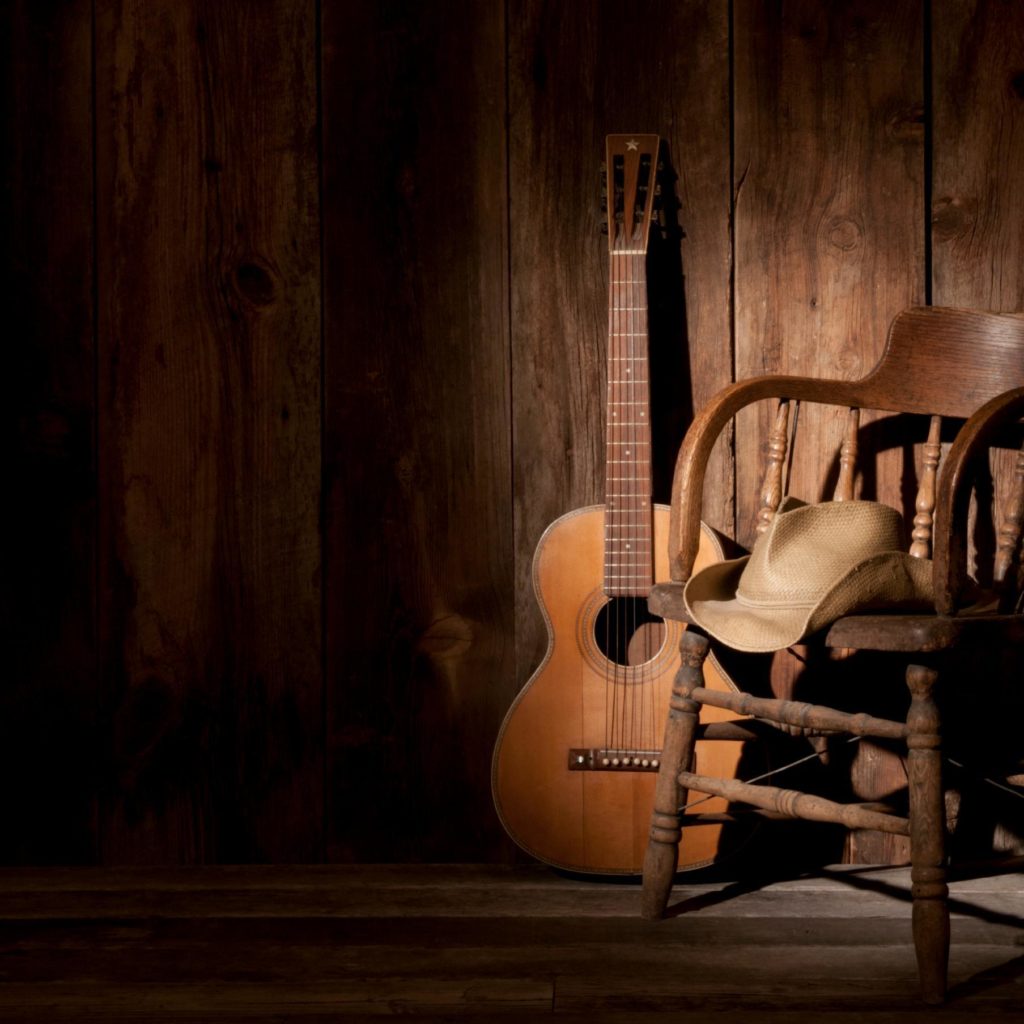
“To me, country music tells a story about, and deals with, the way people live their lives and what they do.” – Randy Travis
The country music genre is a blend of folk music and contemporary influences. Country music usually includes string instruments such as steel guitar, fiddle (violin), or banjo, as well as a form of percussion (for example, drums or a “jug”). Other associated instruments are the harmonica and the accordion. Country music also includes singing, usually with lyrics that describe very specific topics and experiences. It should be noted that, due to systemic racism, country music presents almost exclusively a rural white perspective. Famous country music artists include Dolly Parton, George Strait, Hank Williams, Garth Brooks, Carrie Underwood, and Darius Rucker.
“Country music originates with the colloquial, rural aspects of white America. It’s really, truly, rural white America’s blues.” – Dwight Yoakam
Playlists: The Best Classic Country Songs Of All Time, Top 100 Best Old Country Songs
Disco [top of page]
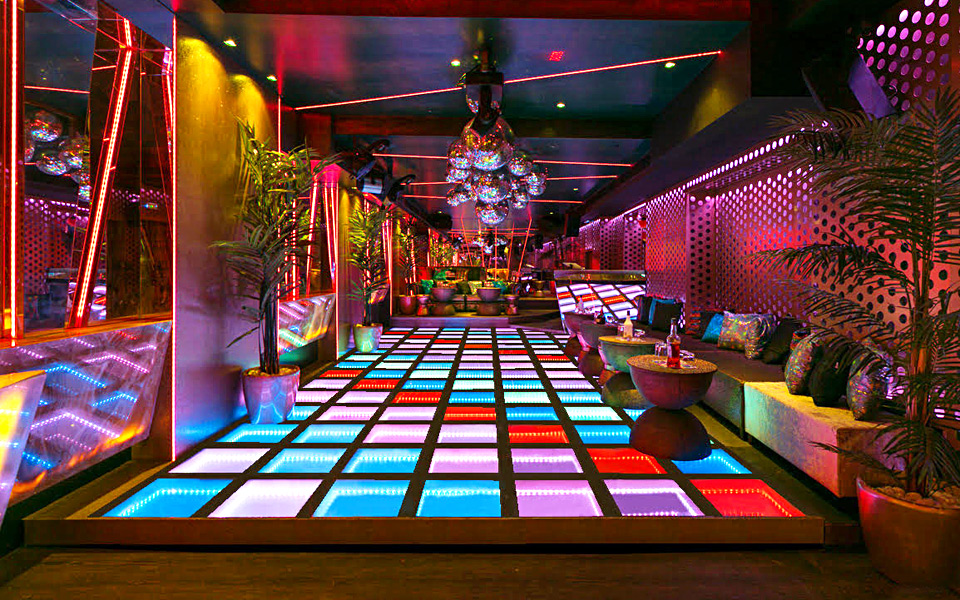
Playlist: Best Songs of 70’s Disco Music
“Disco is music for dancing, and people will always want to dance.” – Giorgio Moroder
Disco is a dance music that uses a wide variety of instruments and sounds, combining the 1960s smooth and experimental melodies with new forms of syncopation (irregular beats), faster tempos, and new synthetic sounds. Disco became an international phenomenon in the 1970s, when disaffected young people were going out to clubs and looking for new kinds of music. It started among minority communities, but became immensely popular after the release of the movie “Saturday Night Fever”. It was often played at nightclubs, and it is strongly associated with the social liberation movements of that era. Its critics negatively associated the music with drugs and homosexuality. (See Disco Demolition Night.) Famous disco artists include Boney M, ABBA, Earth, Wind & Fire, Donna Summer, Gloria Gaynor, Giorgio Moroder, the Bee Gees, the Village People, and Michael Jackson.
“Disco is the first technology music. And what I mean is that ‘disco’ music is named after discs, because when technology grew to where they didn’t need a band in the clubs, the DJ played it on a disc.” – will.i.am
Electronic Dance Music (EDM) [top of page]
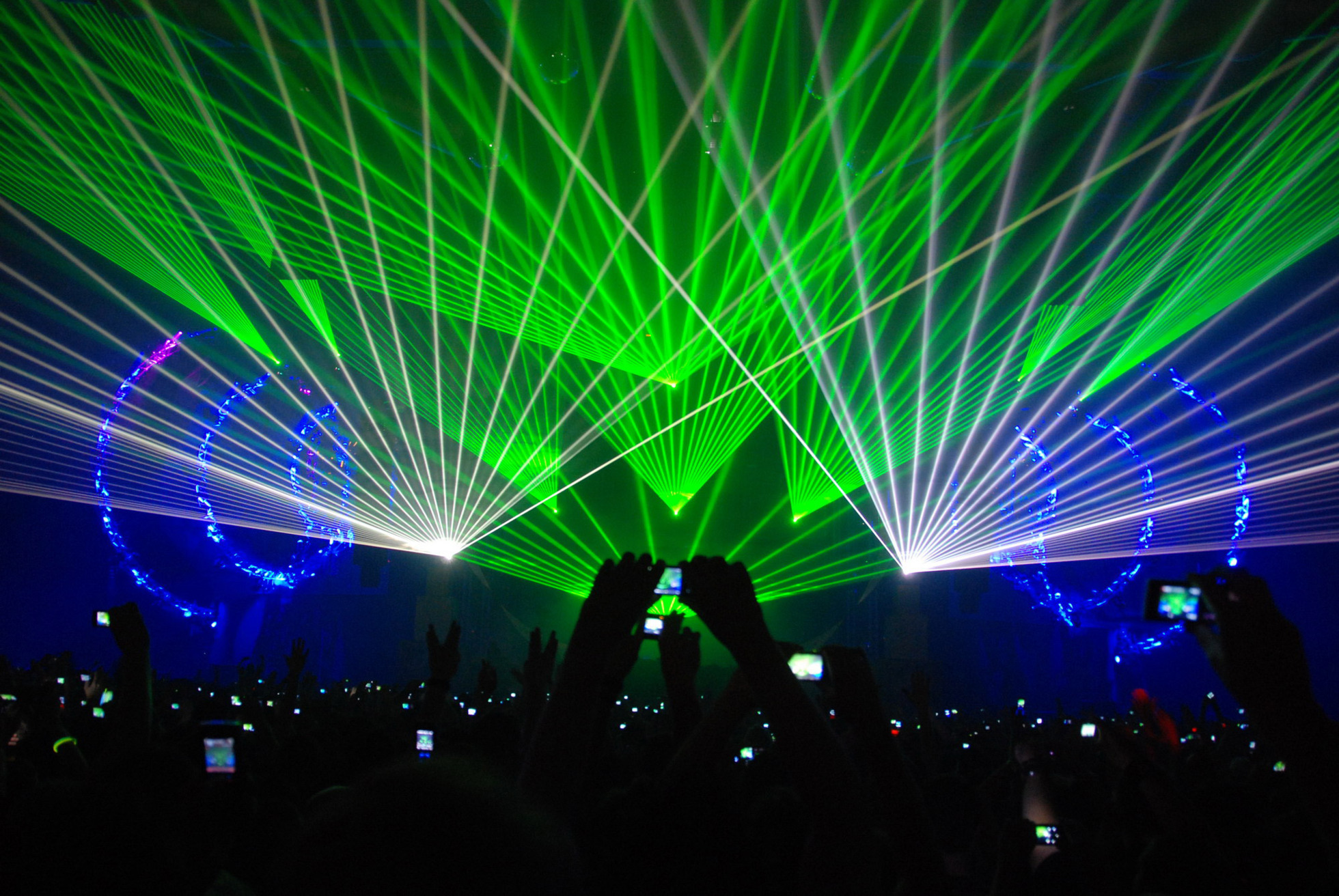
EDM was born in the 1980s, after the creation of “synth pop” when synthesizers allowed musicians to begin using “electronic” sounds in their music. One of its most famous genres at the time was Techno; other famous genres include Dubstep and Trance.
Some argue that EDM is not a genre, as its definition now covers a wide range of genres. (See the chart at the bottom of the page.)
EDM continues to be popular among young people at clubs, due to its fast-paced rhythms and high energy. Famous EDM artists include David Guetta, Skrillex, and Avicii.
Playlist: Best EDM Songs & Remixes Of All Time
Folk [top of page]
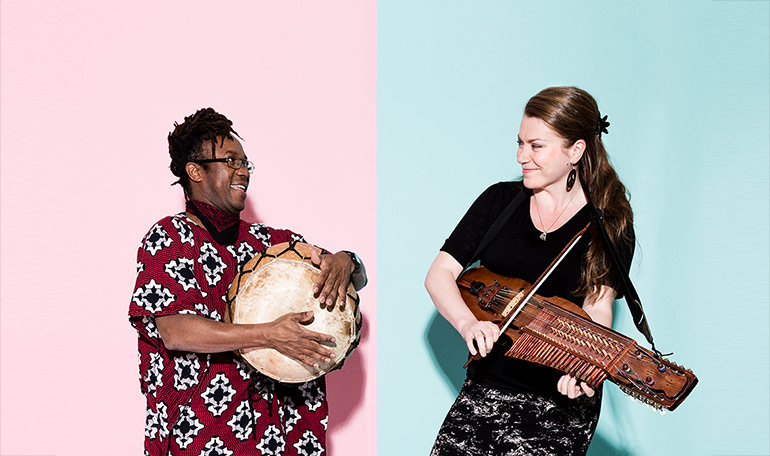
Playlist: Best Indie Folk of 2020
“Folk music is the original melody of man; it is the musical mirror of the world.” – Friedrich Nietzsche
Folk music has existed as long as communities have made music. Traditional folk music is usually associated with specific cultural events (holidays, religious celebrations, life events, or other cultural markers) and may change over generations, as it is usually passed down aurally. It is usually a rural community tradition and culturally specific, and has existed for several generations. (For example, Iwami kagura music would be a form of Iwami folk music.) Indigenous music, as well as traditional songs too old for people to remember the songwriter, are generally considered traditional folk music. Folk music is not seen as a prestigious genre; it is the music that provides a voice to regular people. Contemporary folk music generally addresses life situations and human emotions using acoustic instruments and voice. Famous Anglophone folk singers include Tracy Chapman, John Prine, Woody and Arlo Guthrie, Simon & Garfunkel, Cat Stevens, Joni Mitchell, John Denver, Joan Baez, Bob Dylan, and Leonard Cohen.
“It’s a folk singer’s job to comfort disturbed people and disturb comfortable people.” – Woody Guthrie
Funk [top of page]

“If you listen to a lot of old funk records, the drums are really small. But you don’t perceive it like that because the groove is so heavy.” – Lenny Kravitz
Funk music centers on a strong rhythm from percussion, usually an electric bass and a drum. It is often played at slower tempos than other popular music. It is also less focused on a set melody and standard chords than other popular music. Like much of African-inspired music, funk typically consists of a complex groove with rhythm instruments playing interlocking grooves that create a “hypnotic” and “danceable” feel. Funk uses complex chords, similar to the chords in bebop jazz.
Famous funk musicians include James Brown, Kool and the Gang, Jimi Hendrix, and Parliament Funkadelic.
“If some people don’t like funk music then it’s just the wrong time for them. They will get it. It’s addictive.” – George Clinton
Playlist: Old School Funky – Greatest Funk Songs All Time List
Gospel [top of page]

“Music is my higher power” ― Oliver James
Gospel music, broadly, is music sung in Christian churches or for religious worship in daily life. (For example, hymns and church choirs are forms of gospel music.)
By its official definition, however, gospel music started before the American Civil War among the African-American community, which incorporated African spiritual songs and worship into their conversion to Christianity. Traditional gospel music is usually associated with the Black community. More Information
Famous American gospel artists include Aretha Franklin, BeBe and CeCe Winans, Shirley Caesar, Mahalia Jackson, Yolanda Adams, Fred Hammond, Kirk Franklin, Donnie McClurkin, and Marvin Sapp.
Playlist: Old School Gospel
Gospel music influenced a variety of new genres of music in the 20th century.
- “I was always drawn to gospel music and the roots of African-American music. It’s the foundation of rock and roll.” – Hozier
- “Whether looking at pop music, hip-hop or R&B, it’s rare to find an artist who hasn’t been touched or affected by the power and soul of gospel music. In fact, many of today’s popular artists such as Whitney Houston, John Legend, and Katy Perry started their careers in the church choir.” – Marvin Sapp
- “Anybody under the age of forty knows hip-hop, gospel and R&B pretty well, and it’s all a part of what we consider to be ‘black music.’ There is a natural synergy between the three.” – John Legend
Cultural Note: One reason why gospel music is more strongly associated with African-American churches is because many early colonists from western Europe were Puritan Protestants who saw music and “joyful noise” as sinful indulgences. As a result, in previous centuries, many European-American Protestant church services were solemn and silent – only the minister (preacher or pastor) spoke. These extreme rules slowly faded over the generations, and most Protestant churches now include hymns. However, to this day, there is a stereotype that Protestant church services that are predominantly African-American include far more singing and audience contribution than Protestant church services that are predominantly Anglo-American. This past trend also affects some Christian communities’ musical tastes.
“There is a sound that comes from gospel music that doesn’t come from anything else. It is a sound of peace. It is a sound of, ‘I’m going to make it through all of this.'” – Yolanda Adams
Gospel music has a strong message of trust in divine guidance, submission to authority, and obedience. Some people see these perspectives as naive, while others rejoice in the genre’s optimism.
“Gospel music is never pessimistic, it’s never ‘oh my god, it’s all going down the tubes’, like the blues often is.” – Brian Eno
In recent decades, there has been an increase in popular white gospel singers. Famous white gospel artists such as Amy Grant, MercyMe, Michael W. Smith, Hillsong, TobyMac, and Lauren Daigle are seeking to reach young white Christian listeners. But whereas traditional gospel music focused on overcoming difficult lives with God’s support, many modern white gospel songs focus on surrendering and submitting to God’s will. As a result, modern gospel music is often avoided by young adults because they relate more to the youth-appealing themes of rebellion, escape, and self-determination that other genres promote. Some gospel musicians are exploring rhythms and melodies from other genres in hopes of reaching the younger audiences.
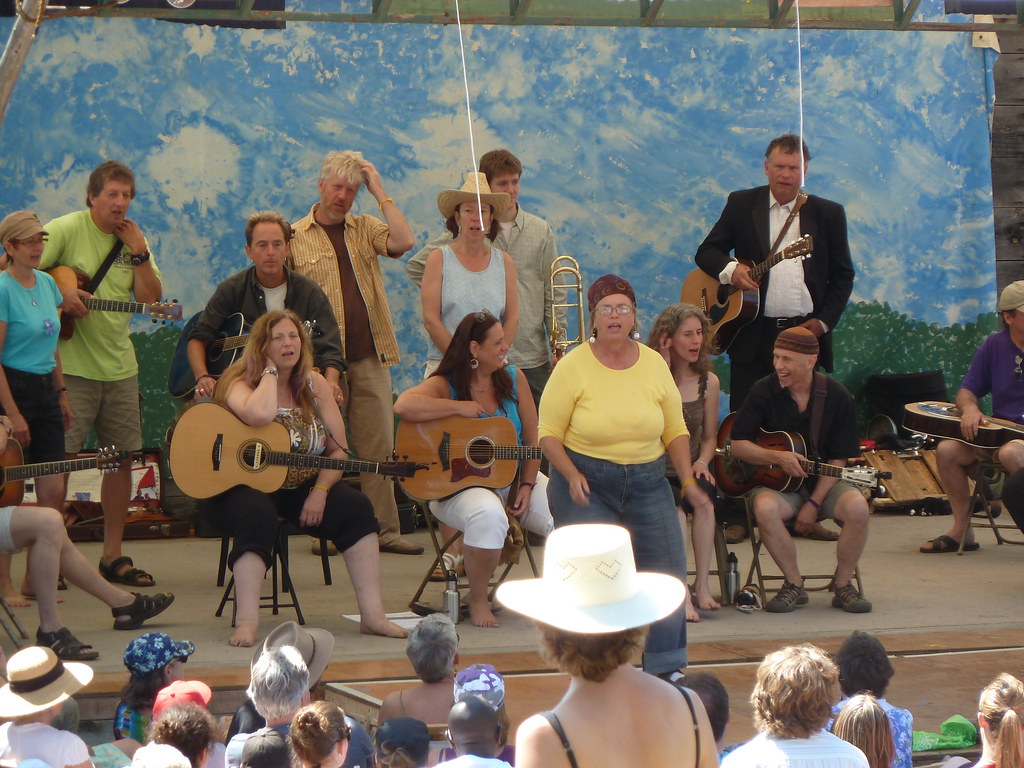
“I love to perform, to give glory to God with my own brand of funky gospel music. I think it’s my mission to show people that God, that Jesus, can be cool.” – Tyka Nelson
Hip-Hop / Rap [top of page]

Coupdoreille.fr is licensed under CC BY-SA 2.0
“A lot of times, when people say hip-hop, they don’t know what they’re talking about. They just think of the rappers. When you talk about hip-hop, you’re talking about the whole culture and movement. You have to take the whole culture for what it is.” ― Afrika Bambaataa
Hip-hop music was developed in the United States, specifically by inner-city African Americans and Latino Americans in the Bronx borough of New York City in the 1970s. The genre may also incorporate other elements of hip hop culture, including DJing, turntablism, scratching, beatboxing, and instrumental tracks. Many people associate rap and hip-hop with the gangsta rap sub-genre, which focused on the violent lifestyles and impoverished conditions of inner-city African-American youth. (Gangsta rap gained popularity during the “golden age” of hip-hop, from the mid-1980s to the mid-1990s.) Tupac and The Notorious B.I.G. were icons of the hip-hop genre until their untimely deaths in 1996 and 1997, respectively.
“Hip-hop is the streets. Hip-hop is a couple of elements that it comes from back in the days… that feel of music with urgency that speaks to you. It speaks to your livelihood and it’s not compromised. It’s blunt. It’s raw, straight off the street – from the beat to the voice to the words.” ― Nas
Rap is a form of hip hop music that focuses on lyrics (words) and rhythms (beats), and it often does not have a melody. It often covers topics that are personal to the singer and their community. Rap music performers often use aggression in their performances to express deep feelings of sexuality, dominance, anger, frustration, annoyance, or pain in their lives, relying on the support of a constant rhythm. It is easy to perform rap with a limited band size, because only singers and percussionists are necessary, and one person can do both things if necessary. It is similar to “slam poetry” in that (1) the rhythm and the words are the important parts, and (2) it is often used as an emotional release.
“The thing about hip-hop today is it’s smart, it’s insightful. The way they can communicate a complex message in a very short space is remarkable.” – Barack Obama
Playlist: 90’s Hip Hop Mix #01 – Best of Old School Rap Songs
Famous hip-hop/rap artists include:
- 50 Cent
- Cardi B
- Chance the Rapper
- Drake
- Dr. Dre
- Eminem
- Ice Cube
- Jay-Z
- Kendrick Lamar
- Lil Wayne
- LL Cool J
- Ludacris
- Macklemore
- MC Hammer
- Megan Thee Stallion
- Migos
- Missy Elliot
- Nas
- Nicki Minaj
- OutKast
- Post Malone
- “Puff Daddy” / Sean Combs
- Snoop Dogg
- The Notorious B.I.G.
- The Weeknd
- Tyler, The Creator
- Tupac Shakur
- Vanilla Ice
- Wiz Kahlifa
- Wu-Tang Clan
“Hip-hop is supposed to uplift and create, to educate people on a larger level and to make a change.” – Doug E. Fresh
Holiday [top of page]

“It’s the most wonderful time of the year.” – Andy Williams
Most songs in the “holiday” genre are specifically Christmas music. Nevertheless, there are some holiday songs that refer to the winter holiday season in general, such as “Let it Snow,” “Jingle Bells,” “Winter Wonderland,” and “Deck the Halls.” Another exception is the New Year song, Auld Lang Syne, which may also appear in the Holiday genre.
Many popular artists choose to record an album of holiday songs in their style. For example, Wu-Tang Clan, Snoop Dogg, and Cee-Lo Green (hip-hop), Whitney Houston, Michael Bublé, and Rod Stewart (soft rock), Kenny G (jazz), Miranda Lambert and Carrie Underwood (country) have all recorded holiday albums. For songs about other seasons or holidays, see other genres.
The most famous American composer of holiday music is Irving Berlin. Berlin’s songs have been performed by numerous singers, including The Andrews Sisters, Perry Como, Fred Astaire, Ethel Merman, Louis Armstrong, Frank Sinatra, Dean Martin, Elvis Presley, Judy Garland, Barbra Streisand, Cher, Diana Ross, Bing Crosby, Nat King Cole, Billie Holiday, Doris Day, Jerry Garcia, Willie Nelson, Bob Dylan, Leonard Cohen, Ella Fitzgerald, Michael Bublé, Lady Gaga, and Christina Aguilera. They have also been performed by instrumental bands and musicians such as Kenny G.
“You can turn this world around, bring back all those happy days, put your troubles down, it’s time to celebrate.” – Madonna
Playlist: Top 100 Christmas Songs of All Time
Jazz [top of page]
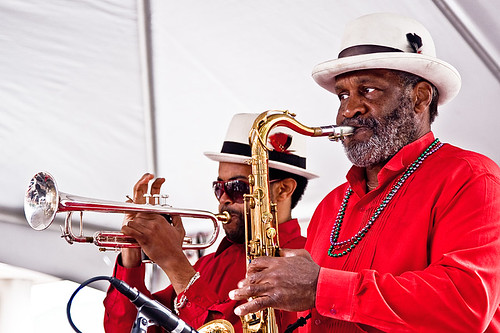
Playlist: The Very Best of Jazz
“Jazz is democracy in music.” – Wynton Marsalis
Jazz was perhaps the first genre of modern music to bridge the racial and social class gaps in the 20th century Anglophone world. Originally produced by Black artists in neighborhood and street performances during an era of racial segregation, it was “discovered” in New Orleans in 1910. It attracted the attention of rich white audiences and made its way into concert halls. Jazz from the late 1930s and early 1940s (example) is iconic to this day.
“Life is a lot like jazz… It’s best when you improvise.” – George Gershwin
Jazz combined classical instruments and performance with rhythms and sounds from outside of the “classical” spectrum. Traditional jazz is marked by its use of brass instruments, syncopated (irregular) rhythm, and long sections of improvisation. Famous jazz musicians include Nina Simone, Miles Davis, Louis Armstrong, Duke Ellington, John Coltrane, Dizzy Gillespie, Thelonious Monk, Ella Fitzgerald, Herbie Hancock, Billie Holiday, Count Basie, Nat King Cole, and Frank Sinatra.
“You know, jazz is the mother of all American music. R&B and pop and rap and everything are the branches on the main tree of the life of music, American music, which is jazz.” – Eric Burdon
Metal (Heavy Metal, Black Metal, Death Metal) [top of page]
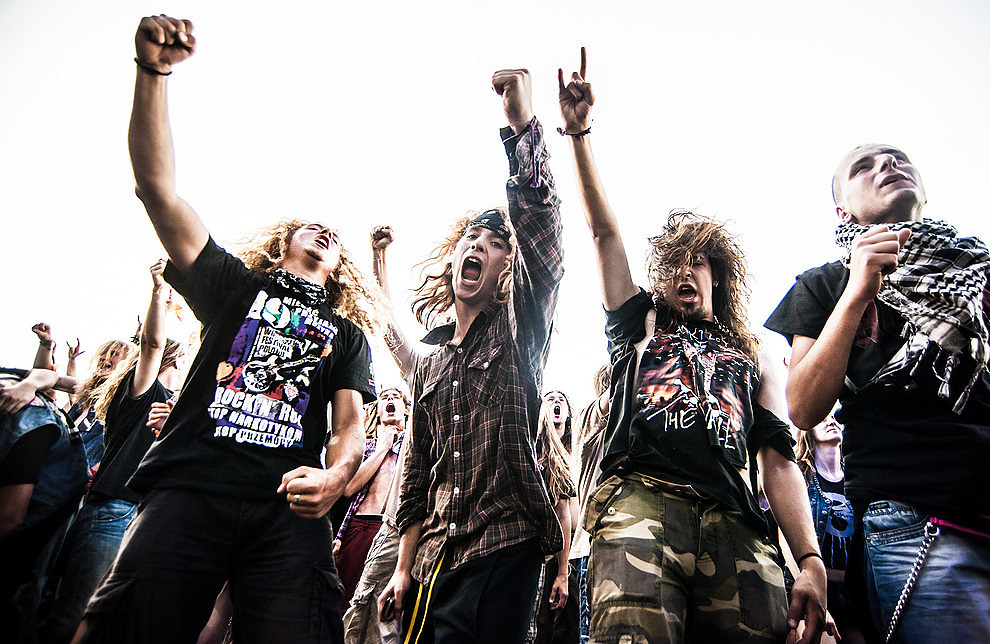
Playlist: Heavy Metal Golden Years
“I associate heavy metal with fantasy because of the tremendous power that the music delivers.” – Christopher Lee
Metal is a type of rock music. It developed in the late 1960s and early 1970s, mostly in the United Kingdom and the United States. It is related to blues rock, psychedelic rock, and acid rock. Metal music is loud and uses sound distortion, long guitar solos, and strong beats for emphasis. The lyrics and performances are often associated with overtly masculine aggression. Famous metal artists include Led Zeppelin, Motorhead, Black Sabbath, Deep Purple, Judas Priest, Iron Maiden, Metallica, Slayer, Megadeath, and Anthrax.
Metal has a strong subculture: body movements such as “head banging” and hand gestures such as “devil horns” are associated with the genre, and many fans adopt dark or fiery clothing at concerts to embrace the “Satanic” label that early critics gave the genre.
Metal also has numerous subgenres. Popular examples (and example bands) include thrash metal (ex. Metallica), death metal (ex. Cannibal Corpse), symphonic metal (ex. Nightwish), nu metal (ex. Disturbed), and speed metal (ex. Dragonforce).
“From the beginning, I felt that Heavy Metal is not just about music but also something that you feel with your heart. It is music that helps you express your emotions and feelings.” – Suzuka Nakamoto
Pop [top of page]
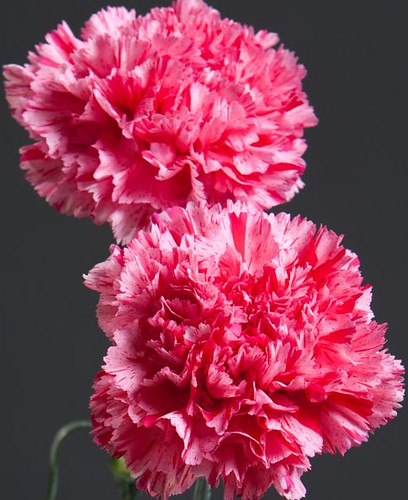
“Pop music is a difficult term to define. I think about good music and bad music. Good music is good music, whatever origin it comes from.” ― Nina Persson
Pop music, due to its nature, attracts many followers, many opinions, and many definitions.
From Wikipedia: “The term pop has been used since the early 20th century to refer to popular music in general, but from the mid-1950s it began to be used for a distinct genre, … as a softer alternative to rock and roll … From about 1967, it was increasingly used in opposition to the term rock music, to describe a form that was more commercial, ephemeral and accessible… In contrast, rock music was seen as focusing on extended works, particularly albums, [and it] was often associated with particular sub-cultures … [Rock music] placed an emphasis on artistic values and “authenticity”, stressed live performance and instrumental or vocal [talent], and was often seen as encapsulating progressive developments rather than simply reflecting existing trends…. Nevertheless, much pop and rock music has been very similar in sound, instrumentation and even lyrical content.”
In simpler words:
“Pop music often tells you everything is OK, while rock music tells you that it’s not OK, but you can change it.” – Bono
Playlist: Top Songs 2023 – Pop Music Playlist
Unlike most genres of music, pop songs (as defined above by Wikipedia) are not “edgy” or strongly anti-establishment. In fact, this kind of pop music usually rises to fame quickly through the support of the establishment. Pop music is designed to have universal appeal and not offend anyone, so it addresses universal themes that everyone can relate to. This universal nature helps support its popularity.
“Pop music has greater power to change people and to affect people because it’s a universal language. You don’t have to understand music to understand the power of a pop song.” – Paul Epworth
However, in appealing to wide audiences, pop music usually avoids or barely references sensitive current social problems and calls for social change. People who dislike pop music often say they find it too sterile and fake, emotionally shallow with forced happy sounds.
“I feel like that’s the reason a lot of pop music doesn’t have that grasp that other forms of music do, because it’s more rooted in only the happier aspects of life – there’s not really a connection.” – Vince Staples
Nevertheless, other music artists believe that pop music can still reflect the full spectrum of human emotions, not just the positive ones.
“I’ve never believed that pop music is escapist trash. There’s always a darkness in it, even amidst great pop music.” – Thom Yorke
Adding to the confusion, not all popular songs are in this conventional “pop” style. Although many people have a very specific image of “pop” music (for example, K-Pop or J-Pop), “pop” also simply means “popular music”, which makes the term “pop music” ambiguous in daily use.
“You could split hairs and bring up words like ‘doo-wop’ and terms like ‘soul’ or ‘R&B’, but I think pop music is what you want it to be – that’s why it’s pop.” – Henry Rollins
By either definition, the style of Anglophone pop music has changed dramatically over time.

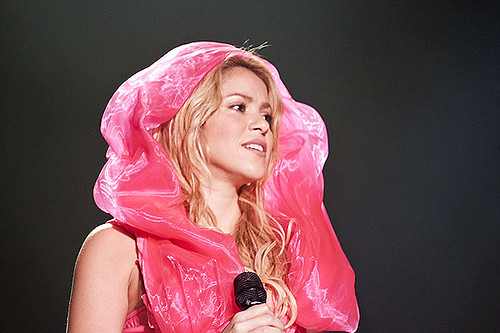
“The thing that I think is cool about pop music is just that it’s not like rock music or country or R&B – there can be pop songs that are any kind of style. It could be a pop song, but it’s still like a tribal beat or whatever.” ― Forrest Kline
Punk [top of page]

“Where there is young people and vitality, you’re going to find punk rock.” – Henry Rollins
Punk is a type of rock music. It was established as a genre in the mid-1970s, based on 1960s garage rock. Starting in the 1970s, punk bands rejected mainstream rock for its extravagance. By late 1976, punk became a major cultural phenomenon in the UK. It led to a punk subculture. Many young people started expressing their rebellion through distinctive styles of clothing, such as deliberately offensive T-shirts, leather jackets, studded or spiked bands and jewelry, safety pins, and bondage and S&M clothes.
“When punk rock happened, it created an opening in the culture… it made it OK to think you could play music, even though you had no musical training.” – Kim Gordon
Punk bands usually create and perform short, fast songs with hard-edged melodies and singing styles, few instruments, and frequently political, anti-establishment lyrics. Punk embraces a do-it-yourself ethic; many bands self-produce recordings and distribute them through independent record labels. Famous punk artists include Patti Smith, The Ramones, Sex Pistols, The Clash, Green Day, Blink-182, The Offspring, Paramore, Nirvana, My Chemical Romance, Fall Out Boy, and Bad Religion.
“To me, punk rock is the freedom to create, freedom to be successful, freedom to not be successful, freedom to be who you are. It’s freedom.” – Patti Smith
Playlist: 100 Greatest Punk Songs of All Time
Reggae [top of page]
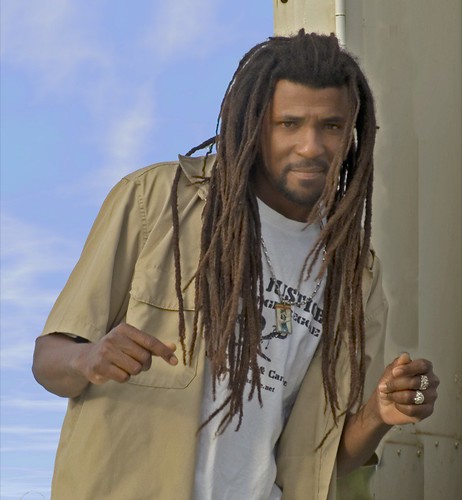
Playlist: Jamaica 50th Reggae Greats
“Reggae must be lived, not played. It is a lifebeat everytime, mon” – Peter Tosh
Reggae originated in Jamaica in the late 1960s. The name came from a 1968 song called “Do the Reggay,” by Toots and the Maytals, that became globally popular. Reggae music developed from the earlier Jamaican genres ska and rocksteady. It has traces of traditional mento (Jamaican folk music), American jazz, and rhythm and blues. It is easy to recognize because of its distinct offbeat rhythm. Reggae usually relates news, social gossip, and political commentary.
“I really like the reggae concepts like the culture vibe. They speak on everything that’s going on, they don’t have limits. They speak on politics, they speak on life, they speak on the troubles of poverty, everything. The message, the melodies and the concepts of reggae music are unbelievable.” – Sean Kingston
“Reggae has a philosophy, you know? It’s not just entertainment. There’s an idea behind it, a way of life behind the music, which is a positive way of life, which is a progressive way of life for better people.” – Ziggy Marley
Unlike many genres of protest music, reggae music calls for social change through a positive religious message of peace. Reggae is deeply linked to Rastafari, an Afrocentric religion which developed in Jamaica in the 1930s, aiming at promoting Pan Africanism. It is common for reggae to be sung in Jamaican Patois, Jamaican English, and Iyaric (Rastafarian) dialects. Famous reggae artists include Peter Tosh, Sly & Robbie, Bob Marley, Toots and the Maytals, Black Uhuru, Yellowman, Burning Spear, Dennis Brown, Jimmy Cliff, and Desmond Dekker. Sample reggae music
“This music is about struggle. Reggae is a vehicle to carry a message of freedom and peace.” – Bob Marley
Rhythm & Blues (R&B) [top of page]
“Everything in the universe has a rhythm, everything dances.” – Maya Angelou
The term “rhythm and blues” was originally used by record companies to describe recordings that were being sold to urban African-Americans during the post-war era when “urbane, rocking, jazz based music with a heavy, insistent beat” was becoming more popular. Note: Because American society was mostly segregated by color until the 1970s, American music was also segregated. According to Lawrence Cohn, the term embraced all black music except classical music and religious music (unless a gospel song sold enough to appear in the popular charts). In the 21st century, some sources continue to use the term “R&B” to categorize music that is made by black musicians, marking it as distinct from styles of music that is made by other musicians. From Wikipedia: “R&B lyrical themes often encapsulate the African-American experience of pain and the quest for freedom and joy, as well as triumphs and failures in terms of relationships, economics, and aspirations.”
“Country music has always been about as close to R&B as you can possibly get. We’re storytellers.” – Lionel Richie
Playlist 1: 80’s R&B Megamix
Playlist 2: R&B Greatest Hits
The term “rhythm and blues” has frequently shifted in meaning over time (and with distance). In the early 1950s, it often referred to blues records. (Blues was a popular African-American genre of the time.) Starting in the mid-1950s, after blues influenced early rock and roll, the term “R&B” started referring to music styles that incorporated electric blues, as well as gospel and soul music (also predominantly African-American genres). In Britain, perhaps unaware of the racial undertones in the genre’s original use, people used the term differently. In the 1960s, several British rock bands such as the Rolling Stones, The Who and The Animals were referred to and promoted as being R&B bands; some posters for The Who contained the slogan, “Maximum R&B”. Their mix of rock and roll and R&B is now known as “British rhythm and blues”. By the end of the 1970s, the term “rhythm and blues” had changed again and was used as an overall term for soul and funk (also predominantly African-American genres). Finally, in the late 1980s, a newer style of R&B developed, now known as “contemporary R&B”. According to Wikipedia, contemporary R&B combines rhythm and blues with elements of pop, soul, funk, disco, hip hop, and electronic music.
Playlist 3: 1990’s & 2000’s R&B Hits Mix
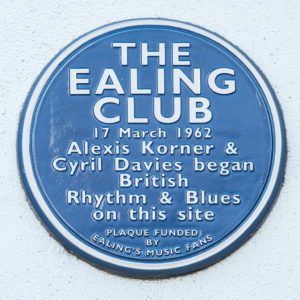
by nick.harrisonfli is licensed under CC BY-NC-SA 2.0
With such a broad definition, it appears that ethnic factors are still used to determine the genre. Indeed, a July 2021 Google search for “R&B musicians” returns 50 images: 49 Black music artists and Justin Timberlake.

This ethnicity-based definition has not gone unnoticed by music artists, and many of them have commented on it:
- “When I first released music, and no one knew what I looked like, I would read comments like: ‘I’ve never heard anything like this before; it’s not in a genre.’ And then my picture came out six months later: now she’s an R&B singer.” – FKA Twigs
- “The way popular music is categorized and formatted cuts down on everyone’s options. And although people don’t talk about it, there are a lot of issues of race determining musical categories of what’s rock, R&B, or even folk. It ends up restricting creativity.” – Tracy Chapman
- “I mean, there’s plenty of artists who are making R&B music, but because of their ethnicity, it’s considered something else.” – Miguel
- “Am I R&B because I’m black? Am I pop because I have a song called ‘Milkshake’? Or can I just be who the hell I am? Good Lord, people make it seem like we’re doing heart transplants here, but we’re just making music!” – Kelis
Some artists have chosen to reject the concept of musical genres:
- “My music is a direct reflection of the eclectic person I am. I don’t like to be stuck in an R&B box.” – Tinashe
- “All these ways we classify things as R&B and hip-hop and rock … It’s [nonsense]. It’s all music. If you put yourself in that box, then you won’t be able to hear that it’s all music at its soul.” – Jay-Z
Despite everything, the problematic definition of R&B as a genre has not reduced the music’s ongoing popularity. No matter how it’s defined, it’s good music.
“I fell in love with music by listening to R&B, & it’s the core of who I am.” – Beyoncé Knowles
Rock & Roll (Hard Rock, Classic Rock, Soft Rock, Punk Rock, Alternative Rock, Pop Rock, Indie Rock, Progressive Rock) [top of page]
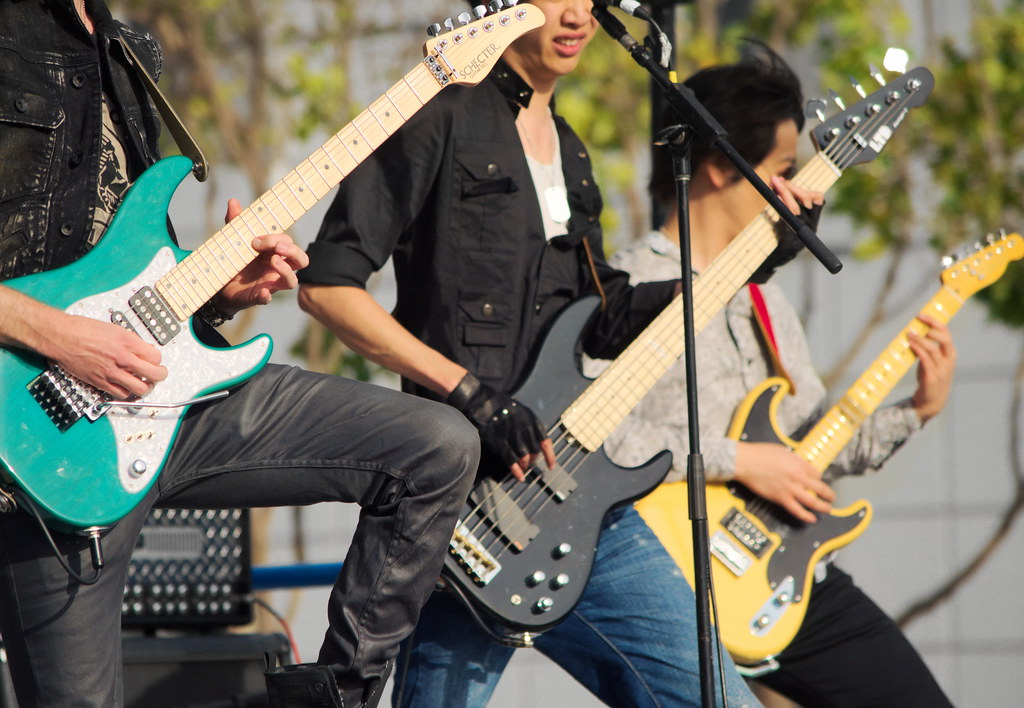
“Do you believe in rock and roll? Can music save your mortal soul?” – Don McLean
Rock and roll music began in the late 1940s. It drew inspiration from several musical genres, including blues, jazz, gospel, and country music. It has also inspired many other genres, including metal, techno, and pop. Rock music usually includes singing, drums, and electric guitar and bass, although other instruments are sometimes also present. Rock music has been popular for decades, but it was practically omnipresent in the 1970s, when many of its various sub-genres were developing and/or gaining in popularity. By the 2000s, the rock genre had separated into several styles. It continued to be popular well into the 2000s, after which it was eventually overtaken in the charts by hip-hop music. Alternative rock, one of the few styles to keep the term “rock”, became just one of many popular genres of the decade.
Playlist 1: Best Rockabilly Rock and Roll Songs
Playlist 2: Classic Rock Greatest Hits 60s, 70s, 80s
Playlist 3: Alternative Rock of the 2000s
“Rock ‘n roll is a reckless rebel spirit that comes from within. Rock ‘n roll is not something that you can wear like fashion.” – Dave Grohl
Famous rock musicians throughout the 20th century include Elvis, Ritchie Valens, Chuck Berry, Bo Diddley, Fats Domino, Little Richard, Jerry Lee Lewis, and Gene Vincent (1950s), Joni Mitchell, Frank Zappa, Herbie Hancock, Carlos Santana, Neil Young, The Beatles, The Beach Boys, Jefferson Airplane, Deep Purple, The Yardbirds, Fleetwood Mac, Chicago, the Mamas & the Papas, Crosby Stills & Nash, Janis Joplin, Cream, Jimi Hendrix, Bob Dylan, the Byrds, Van Morrison, Creedence Clearwater (1960s), Lynyrd Skynyrd, ZZ Top, Rod Stewart, Elton John, Led Zeppelin, David Bowie, The Rolling Stones, Bob Seger, Tom Petty, John Mellencamp, The Clash (1970s), Bonnie Tyler, Cyndi Lauper, KISS, Hall & Oates, Whitesnake, Kansas, REO Speedwagon, Boston, Foreigner, Journey, Bruce Springsteen, Billy Joel, Queen, Aerosmith, AC/DC, Van Halen (1980s), Nirvana, Pearl Jam, Alice in Chains (1990s), and many others.
“Rock and roll is not an instrument. Rock and roll isn’t even a style of music. Rock and roll is a spirit that’s been going since the blues, jazz, bebop, soul, R&B, heavy metal, punk rock and, yes, hip-hop.” – MC Ren
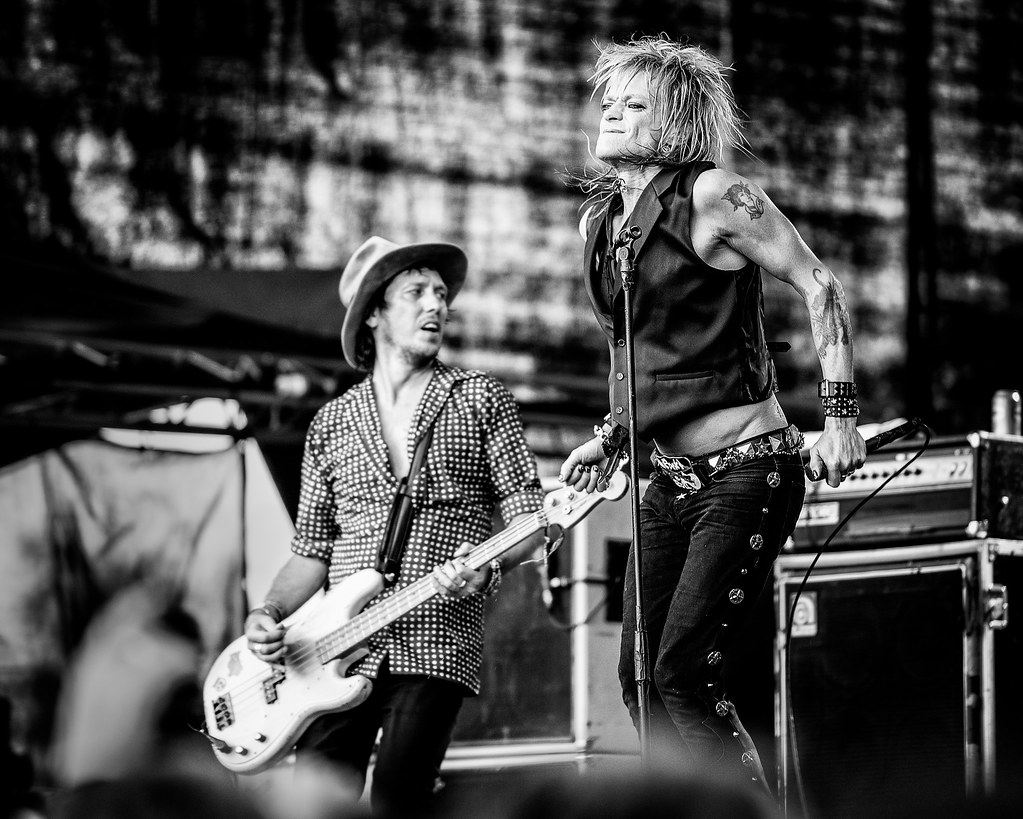
Ska & Ska Punk [top of page]

“Well, growing up in the ’90s, my first true love was ska music.” – Ezra Koenig
Ska started in Jamaica in the late 1950s. Shortly after, rocksteady and reggae music developed from this genre. Famous ska artists include Toots and the Maytals, Bob Marley and the Wailers, and Byron Lee and the Dragonaires.
“When I lived in the U.K., I recorded a lot of ska and rock-steady styles of Jamaican music. But people there weren’t accepting it. So I began using a faster reggae beat.” – Jimmy Cliff
From Wikipedia: “Music historians typically divide the history of ska into three periods: the original Jamaican scene of the 1960s; the 2 Tone ska revival of the late 1970s in Britain, which fused Jamaican ska rhythms and melodies with the faster tempos and harder edge of punk rock forming ska-punk; and third wave ska, which involved bands from a wide range of countries around the world, in the late 1980s and 1990s.”
Playlist: Good Old Jamaican Ska!
“I have found myself deeply, deeply intrigued by the ska-punk scene. It’s such an expressive form of popular music, it’s so real, it’s got so much life: it’s the most vital music in the world.” – David Bowie
Ska punk is a popular adaptation of ska that took off in the UK, using a combination of original ska music elements and punk rock lyrics. It is commonly used for satirical or protest songs.
Famous ska punk artists include “Weird Al” Yankovic, Mr. Bungle, Operation Ivy, Culture Shock, Voodoo Glow Skulls, the Porkers, Sublime, Citizen Fish, The Mighty Mighty Bosstones, No Doubt, Less Than Jake, Reel Big Fish, The Arrogant Worms, The Suicide Machines, MU330, and Dance Hall Crashers.
Note: If the band’s name is comedic, completely illogical, or nihilistic, it may be a ska punk band.
“I played in ska bands and like all kinds of music.” – Bria Skonberg
Playlist: 42 Ska Punk Bands
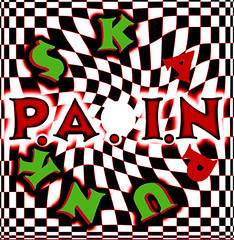
Soul [top of page]
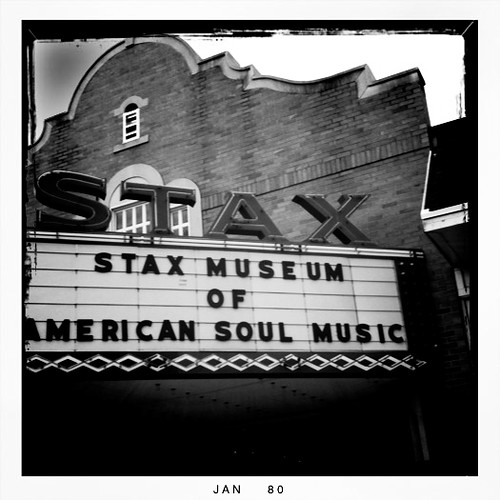
“Soul music is timeless.” – Alicia Keys
According to the Rock and Roll Hall of Fame, soul is “music that arose out of the black experience in America through the transmutation of gospel and rhythm & blues into a form of funky, secular testifying”. Soul music contains elements of African-American gospel music, rhythm and blues, and jazz. Important features of soul music include addictive rhythms, claps and other body movement during performance, “call and response” between the lead vocalist and the chorus, and tense singing. Soul music became popular through record labels such as Motown, Atlantic and Stax, which were influential during the American Civil Rights Movement in the 1960s.
“The ’70s and ’80s were just the period during which the best soul music was created and the best records were done.” – Don Cornelius
Similar to R&B, soul music is assumed to come from the Black community. Famous soul musicians include Etta James, Ray Charles, James Brown, Sam Cooke, Otis Redding, Jackie Wilson, Solomon Burke, Aretha Franklin, The Temptations, Marvin Gaye, Lionel Ritchie, and Stevie Wonder.
“Soul was the music made by and for black people. For most of the Sixties it was thoroughly divorced from white popular music, but by the end of the decade several artists with their roots firmly in both soul and R&B traditions had crossed over.” – Jon Landau (American music critic, manager, and record producer, head of the nominating committee for the Rock and Roll Hall of Fame)
Playlist: The Very Best Of Soul – Greatest Soul Songs Of All Time
There are many sub-genres of soul music, mostly based on geography/region or production company. Soul music also contributed to the development of funk music, with artists like James Brown, Sly and the Family Stone, Parliament-Funkadelic, and The Meters transitioning from traditional soul music to funk music during their careers.
Summary of the Modern Genres [top of page]
“Where words leave off, music begins.” – Heinrich Heine

“I only hope that one day, America will recognize what the rest of the world already has known, that our indigenous music – gospel, blues, jazz and R&B – is the heart and soul of all popular music; and that we cannot afford to let this legacy slip into obscurity, I’m telling you.”
– Quincy Jones
Make playlists:
~ Sound Cloud
~ Spotify
~ YouTube
